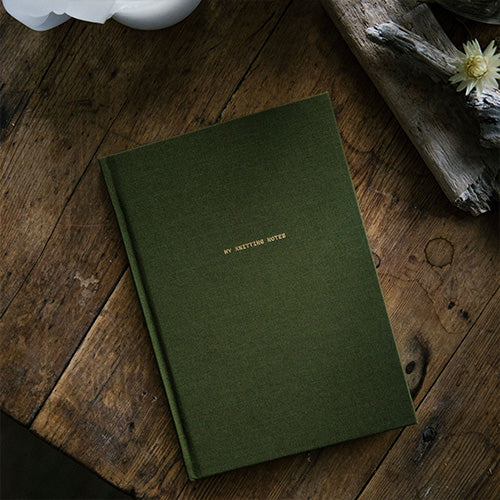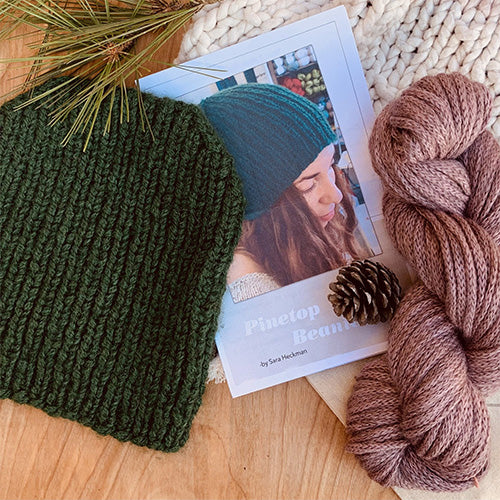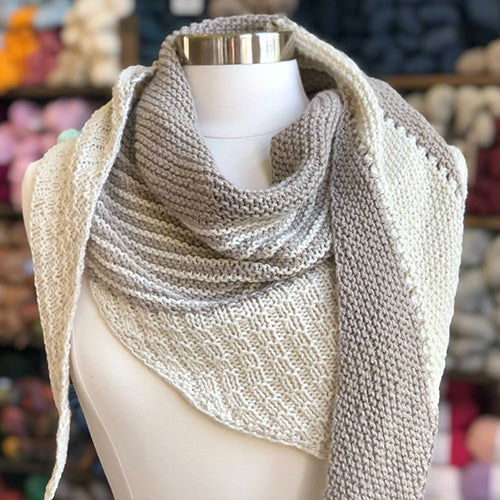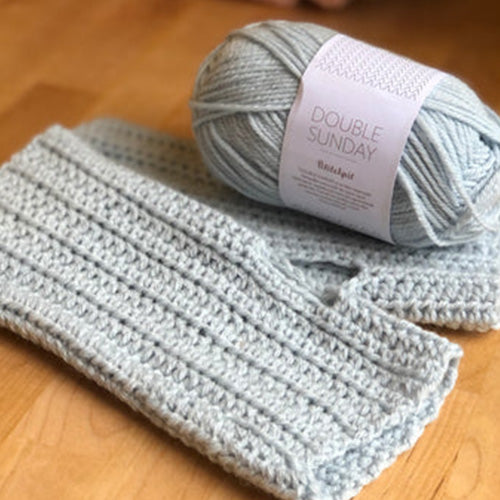FREE US SHIPPING ALL ORDERS $75+
FREE US SHIPPING ALL ORDERS $75+
Yarn
Why Natural Fiber Yarn?
We support socially and environmentally responsible companies, indie yarn dyers, and individuals, prioritizing fair wages, education opportunities, and traditional fiber heritage. Brands like Malabrigo Yarn, Manos del Uruguay, Amano Yarns, and Rosa Pomar uphold these values.
Why Natural Fiber Yarn?
We support socially and environmentally responsible companies, indie yarn dyers, and individuals, prioritizing fair wages, education opportunities, and traditional fiber heritage. Brands like Malabrigo Yarn, Manos del Uruguay, Amano Yarns, and Rosa Pomar uphold these values.
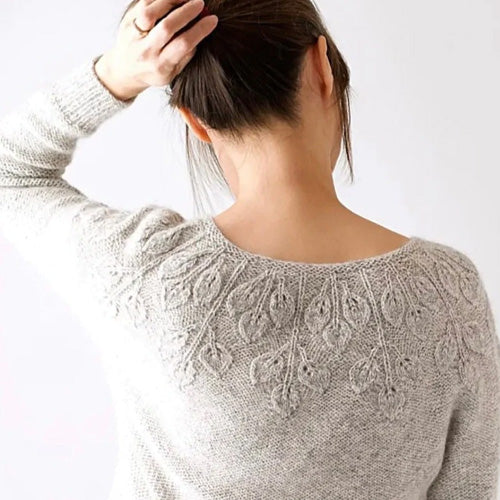
WOOL YARN
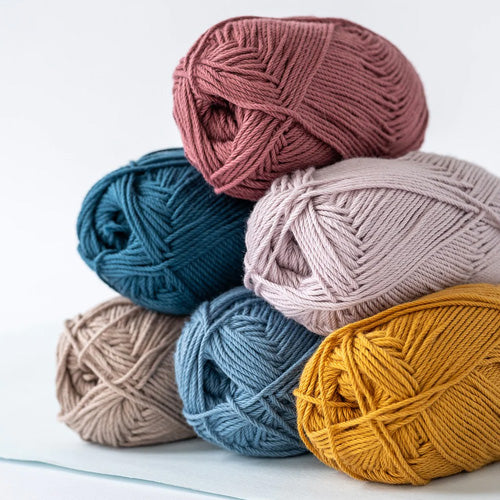
COTTON YARN
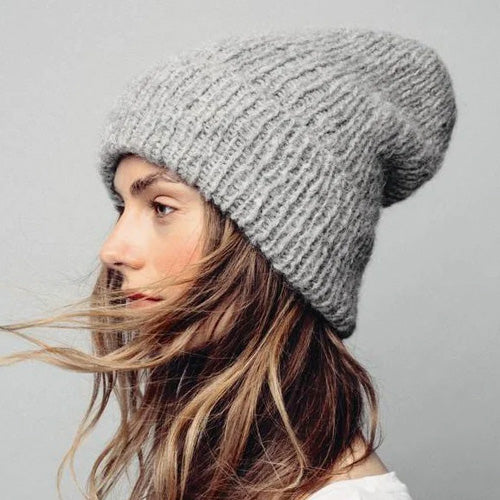
SHOP BY BRAND
Tools
Making something with your hands takes time, and using tools that make each stitch comfortable, colorful, and enjoyable is just as important as the yarn you choose.
We offer top-quality tools for knitting or crocheting, ensuring every stitch is a delight. Discover favorites like Lykke, Cocoknits, Chiaogoo, and Katrinkles.
Making something with your hands takes time, and using tools that make each stitch comfortable, colorful, and enjoyable is just as important as the yarn you choose.
We offer top-quality tools for knitting or crocheting, ensuring every stitch is a delight. Discover favorites like Lykke, Cocoknits, Chiaogoo, and Katrinkles.
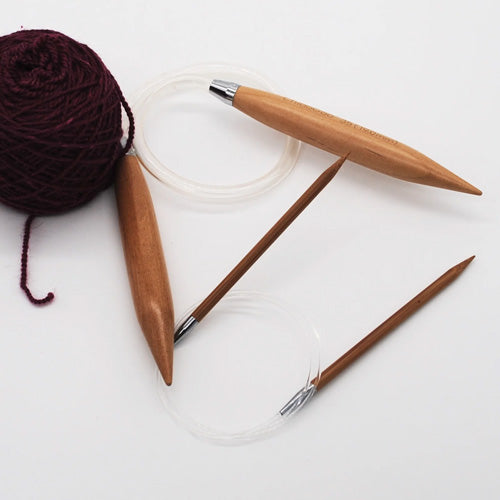
KNITTING NEEDLES
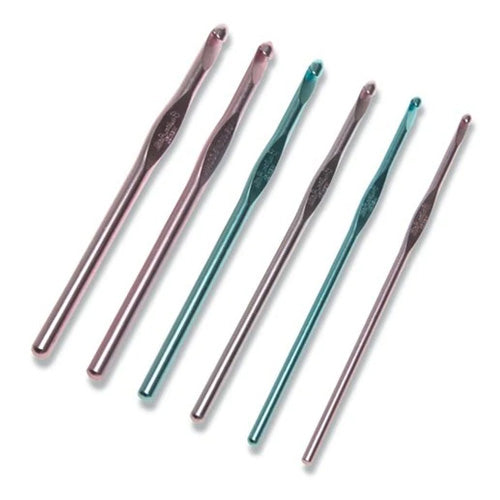
CROCHET HOOKS
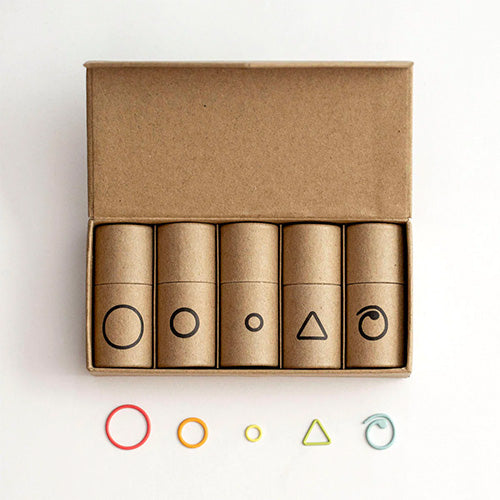
SHOP BY BRAND
Classes
Upcoming knitting and crochet classes available. Click for details on each class.
We offer one-on-one sessions and private lessons; schedule by emailing hello@apricotyarn.com or calling 619-223-3603.
Get 30 minutes for $15 or 1 hour for $30.
Upcoming knitting and crochet classes available. Click for details on each class.
We offer one-on-one sessions and private lessons; schedule by emailing hello@apricotyarn.com or calling 619-223-3603.
Get 30 minutes for $15 or 1 hour for $30.
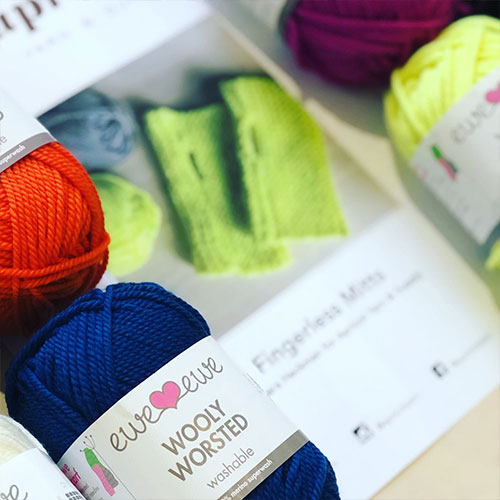
LEARN TO KNIT (BEGINNERS)
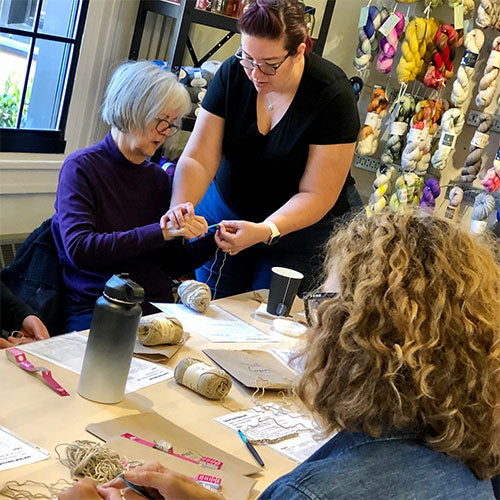
LEARN TO CROCHET (BEGINNERS)
FREE US SHIPPING ALL ORDERS $75+
SHOP GIFT GUIDE
FREE US SHIPPING ALL ORDERS $75+
SHOP GIFT GUIDE
FREE US SHIPPING ALL ORDERS $75+
SHOP GIFT GUIDE
FREE US SHIPPING ALL ORDERS $75+
SHOP GIFT GUIDE
FREE US SHIPPING ALL ORDERS $75+
SHOP GIFT GUIDE
FREE US SHIPPING ALL ORDERS $75+
SHOP GIFT GUIDE
FREE US SHIPPING ALL ORDERS $75+
SHOP GIFT GUIDE
FREE US SHIPPING ALL ORDERS $75+
SHOP GIFT GUIDE
FREE US SHIPPING ALL ORDERS $75+
SHOP GIFT GUIDE
FREE US SHIPPING ALL ORDERS $75+
SHOP GIFT GUIDE
FREE US SHIPPING ALL ORDERS $75+
SHOP GIFT GUIDE
FREE US SHIPPING ALL ORDERS $75+
SHOP GIFT GUIDE
FREE US SHIPPING ALL ORDERS $75+
SHOP GIFT GUIDE
FREE US SHIPPING ALL ORDERS $75+
SHOP GIFT GUIDE
FREE US SHIPPING ALL ORDERS $75+
SHOP GIFT GUIDE
FREE US SHIPPING ALL ORDERS $75+
SHOP GIFT GUIDE

Benefits Of Swatching
May 18, 2022 8 min read
Benefits Of Swatching
Why Swatching Is Always Good - Importance Of Gauge Swatches
There isn't a reason for anyone not to swatch; we believe this exercise should be part of your project process. Here is why:
What Does Swatching Mean In Knitting?
Swatching is the process of working with the yarn and needles recommended for the pattern in the listed stitch. A swatch is a rectangular piece of fabric that you knit with the recommended needles and the yarn you have chosen to use for your project before starting the pattern. The goal of swatching is to create the same gauge as given in the pattern so you are assured that your project will turn out the size you intend it to be. The pattern will list the stitch to use to create the gauge swatch for the pattern and the needles the designer used to achieve the given gauge. It is essential to use the swatching guidance given for the pattern because this is how the designer created the garment.

Why Do You Knit A Swatch?
Swatching lets you work with the new yarn and possibly a new stitch pattern and see what you think. It is an introduction, a time, and a place to determine if your chosen yarn will work up in your intended pattern.

Making a swatch is essential for several reasons:
-
Experience the yarn: Knitting a swatch is the best way to explore and get to know your new yarn.
Knitting a swatch with a newly acquired ball of yarn allows you to dive right in, even if you don't have any plans for the yarn. The exercise will give you a first-hand experience with the yarn—Does it grip the needles or is the yarn slippery? Does it look great in stockinette or garter stitch? Or is the fiber better intended for cable work? Knit a swatch, say hello to your new yarn, and discover everything you didn't know when you saw it at the local yarn shop in a ball, hank, skein, or cake.
-
See with your eyes if you like the yarn: swatching lets you work with the new yarn and possibly a new stitch pattern and visually see if you like it or not.
-
The drape: happens to all of us; a garment grows when wearing it, especially with knits - the gravity is to blame here and not the cake you enjoyed yesterday.
This is called "the drape" or "the drop of fabric." The drape varies on the stitch pattern, the fiber type, the density of the fabric, and the final weight and size of the garment. The drop of the fabric needs to be taken into account to knit a garment that will fit just right when worn. To do so, we start by measuring the weighted gauge, using the standard flat gauge, and adding weight to the swatch while calculating simulates the conditions of the garment worn.
We can measure the weighted gauge by weaving knitting needles through your swatch's top stitches, and the bottom rows stretched out between them. Use a ball or more yarn as weights and tie the yarn balls to the bottom knitting needle. Have help holding the top knitting needle while measuring the stitch and the row gauge of the weighted swatch. The difference between a weighted gauge and a flat gauge is the drop of the fabric, giving you an idea of how the gauge is affected by gravity. How much weight to add will depend on the project. If the project requires five balls of yarn, use the weight of five balls.
-
See if the yarn bleeds: While swatching, you may find that the color choices for colorwork are not as expected. This is the time to swap them out before starting the project until you decide on the combination you like. Also some colors may bleed when they get wet and discolor the others in your item. Many times the given gauge will recommend wet blocking before measuring your stitches for gauge. Some yarns bloom (or fluff up), some bleed, some stay just as they were when dry. If wet blocking is recommended in the pattern’s given gauge, you should wet block your swatch before measuring.
-
Test gauge: Are you achieving the correct gauge with the pattern designer's intended needles?
The main reason knitters swatch is to measure the gauge of their own knitting with the yarn and given needles as compared to the designer’s recommendation. Typically the gauge will be listed like this:
20 stitches and 30 rows in 4 inches using US 8 needles in stockinette stitch
We recommend starting by casting on 5-10 stitches more than the given gauge and knitting until your piece measures at least four inches. The gauge will depend on the yarn's weight, the size of the knitting needles and the tension, the fiber of the yarn, the needle material and whether you are knitting in the round or flat. You will often have to adjust needle size to match the gauge given. If your stitch count is too high, go up in needle size and reswatch. If your stitch count is too low, go down in needle size and reswatch. Continue this method until you have achieved the given gauge.
-
Decide the needle material: Perhaps you prefer knitting needles made from bamboo, but the pattern maker uses brass, and your friend working on the same project prefers birch. Knitting a swatch will help you find a perfect match between your knitting needles and yarn, and the result of swatching is a pleasant knitting experience. Whichever needle you achieved gauge with should be the needle you use for the project. So if you used a wood needle, then use wood needles throughout this project.
-
Practice a new technique: knitting a swatch is the best way to learn new knitting techniques.
So, what haven't you tried yet? Perhaps you tend to use the same increases; why not try a new increase, maybe a lifted increase? If you have been dreaming about advanced colorwork techniques like double knitting, fair isle, or such intarsia, but it seems daunting, a swatch is a perfect way to explore without the big commitment! Cutting the steek is not as scary as you might think if you knit a swatch and cut it. These practice pieces are the gateway to many new projects and techniques for you, as you will build confidence.


How to Knit a Swatch:
Here is how to knit a swatch in five easy steps.
- Look at your pattern and find the suggested gauge for the pattern. It should look something like this:
Gauge: 14 stitches and 20 rows = 4 inches in stockinette stitch after wet blocking using US 10 needles
- Use the suggested needles, suggested weight of yarn and the suggested stitch pattern to cast on at least 5-10 stitches more than the number listed in the gauge. In our example, I would use a US 10 needle and cast on 20 stitches and begin knitting in stockinette stitch. Best practice would be to knit at least as many rows listed in the gauge. Our example says 20 rows. I will knit 24 rows of stockinette.
- Stockinette stitch consists of one row of knitting and one row of purling. So we will knit in this manner until our swatch measures 22 rows.
- Once you have completed your swatch, it is time to measure how many stitches fit in four inches to see if we matched gauge with the suggested needles. Lay your swatch on a flat surface. Use a ruler or tape measure to count each stitch that fits in a four inch span. You are looking for the V’s, each V is one stitch.
- If you measured 14 stitches in four inches on your swatch, congrats! You achieved the given gauge. You can start your project!

What Do You Do If Your Swatch With The Given Needles Does Not Match The Gauge?
- If your swatch has more stitches per inch than given, you must adjust your needle size up to a larger size and reswatch.
- If your swatch has fewer stitches than given in the gauge, you will need to adjust your needle size down to a smaller size and reswatch.
- Each knitter is different. Changing your needle size up or down one size will add or subtract about one or two stitches for 4 inches. So if you are off by multiple stitches, you will want to change your needle size down or up by more than one size. Pay attention to how much your work changes when you switch needles, and after a few swatches, you will know better how many sizes of needle you need to change to get more or fewer stitches.
 Remember That Each Yarn Is Unique
Remember That Each Yarn Is Unique
Every worsted weight yarn will not knit at the same gauge with the same needles. For instance, with Malabrigo Rios and a US8 needle, the results may be 18th/4inches, but with Ewe Ewe Wooly Worsted, the same knitter may get 16sts/4inches with the same US8 needle. You need to do a swatch for each yarn you use regardless of what you have achieved with a yarn of the same weight and needle size.

Yarn + Needles = New Swatch
If you have done a project with the same yarn before, you may be able to use the previous swatch as a reference if the gauge given is the same. If the stitch recommended or the needles are different, you will still need to swatch for this new project.
You always need to make a swatch with the yarn and needles you intend to use for doing your project. If you swatched with alpaca yarn, do the project with the same yarn. If you made your swatch with bamboo needles, you should use bamboo needles to make the item; switching to metal needles may change your gauge. Also, keep in mind that the type of needle (wood, steel, bamboo, acrylic) can have different gauges with the same yarn.

Is Swatching A Waste Of My Time?
You might think it's a waste of your precious time when you are eager to start a new project, but the reality is that it's more expensive not to knit a gauge swatch.
It is better to spend 20-30 minutes working a swatch to achieve gauge than to spend weeks knitting a sweater that does not fit, whether too large or too small. So doing this important first step is worth the time it saves you later. It is also worth considering everything that you can learn from your swatch.

Do I Need To Knit A Gauge Swatch?
The short answer is no; you don't need to knit a gauge swatch!
Swatch knitting is enjoyable because we consider swatching part of the entire project process. If you are experienced and familiar with the yarn, the needles, and the stitch pattern, there is no need to start a project with a swatch. Even if you are new to the craft, you can skip the whole swatching process if you are knitting rectangular or square pieces, and you are not worried about the exact size of the finished piece. If you think about it, getting to experience the yarn is the only reason to become team swatching!
Happy swatch knitting!
Apricot Yarn & Supply
2690 Historic Decatur Rd., #101
San Diego, California, USA 92106
Leave a comment
Comments will be approved before showing up.

